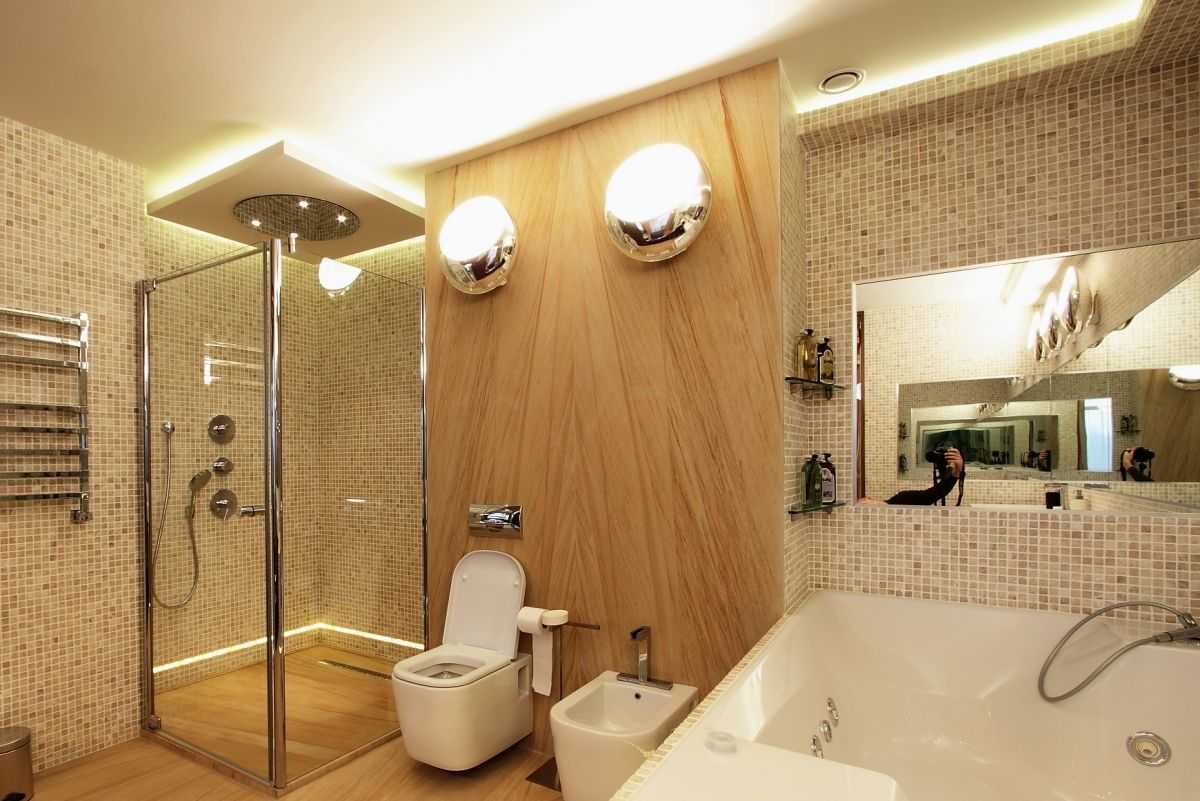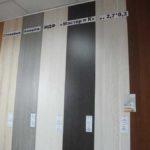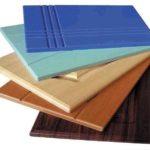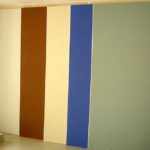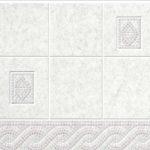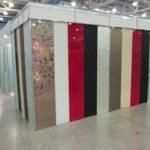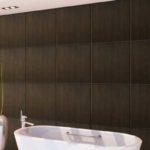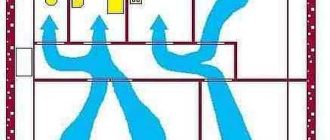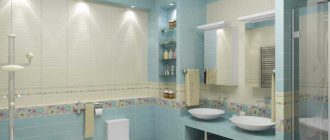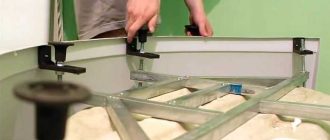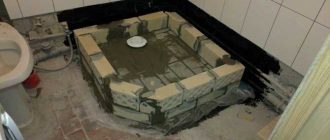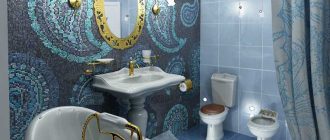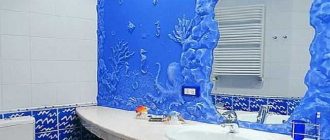Bathroom renovation is an expensive and time-consuming undertaking. A lot of money requires finishing the walls. But there are materials that allow you to quickly and inexpensively put everything in order. One of the options is moisture-resistant wall panels for the bathroom. They are of different kinds and in different forms of release. Common – quick and easy installation and low cost (if compared to tiles).
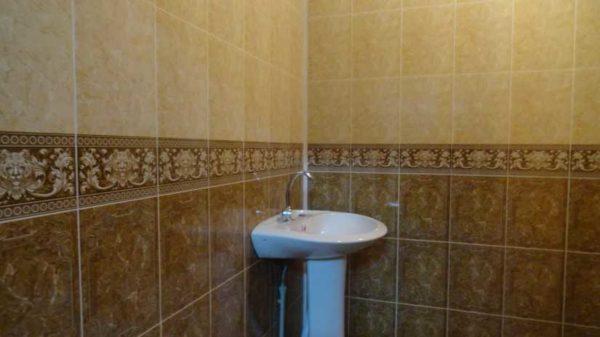
Innehåll i artikeln
What are they
Moisture-resistant wall panels for the bathroom are not only the well-known PVC slatted panels. There are four more types of finishing materials of this kind:
- Based on high-pressure MDF.
- Fiberboard laminated with moisture-resistant film.
- Particleboard coated with PVC film.
- PVC sheet panels.
Most often wall panels for bathrooms are decorated “under the tiles” or mosaic. It is understandable – the most common design. The drawing imitates and seams – they are slightly recessed, painted in a different color. All as in the original. With a good performance can not immediately understand – the tile in front of you or wall panels under the tiles. The difference is in the degree of gloss. In the panels it is quite light. But in recent years is becoming increasingly popular to use matte ceramics for finishing bathrooms – it is easier to care for it (not visible traces of water). Here is really the difference is difficult to grasp without touching the surface.
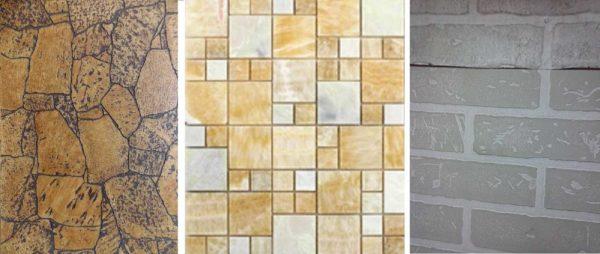
You can also find options imitating stone (marble, wild stone), brickwork, wood, leather, other natural materials. If we talk about the appearance of the choice is wide, and there are very interesting design.
Wall panels based on MDF, fiberboard and chipboard are available in three types:
- In the form of slats (laths), which are joined by means of a lock.
- In the form of square or rectangular tiles. The sizes can be different – 50*50 cm and 100*100 cm. They can be joined using locks, special profiles or butt joints.
- Sheet panels. These are more plates, which can be used to finish the entire height (or almost the entire height) of the wall at once. The width is usually 120 cm, height 250 cm or 270 cm.
- Moisture-resistant panels in the bathroom can be in the form of laths or slats
- An interesting form of release – plates of different sizes
- Sheet moisture-resistant wall panels – a quick way to finish a bathtub or toilet
The form of release is chosen depending on the design that you want to get. Note that the form of release depends on the method of installation. Slatted wall panels are attached to the batten, the other two types can also be attached to the frame, and it is possible – immediately on the wall. In this case, the choice depends on how crooked the walls are.
Brief characteristics
Although all materials have the same name, their properties are different. First of all, the degree of moisture resistance differs. PVC can withstand direct contact with water without harm, MDF and fiberboard – provided that the cuts are properly sealed and the integrity of the laminating film. Chipboard-based panels are the most exposed to moisture, so if possible, it is better to use them to finish the toilet, kitchen, corridor and other rooms with relatively normal operating conditions.
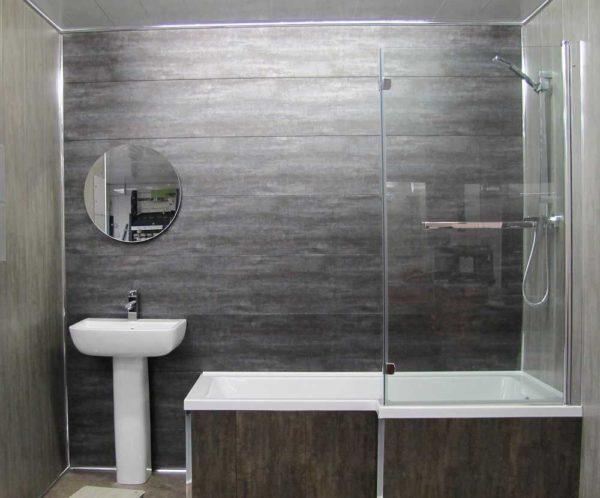
PVC sheet panels
Of all those listed, PVC panels are 100% waterproof. This is a sheet of plastic a few millimeters thick (usually 3 mm), on which the pattern is extruded. On the front part of the panel with the help of special abrasion-resistant paints, the image is applied. These moisture-resistant wall panels for the bathroom can be used without any doubt. They are definitely not afraid of water.
They are mounted directly on the walls – glued to a moisture-resistant compound. And the walls do not have to be perfectly flat. Plastic is good at hiding irregularities, especially notches, but sharp protrusions are better to remove. Cut such panels with scissors or a sharp knife, glued butt to butt. The joint can additionally be sealed with a moisture-resistant sealant – transparent or match the tone.
For the design of corners there are also special plastic profiles, which both butt the material and give the joint a finished look. In general, a good option for budget wall repair in the bathroom.
MDF wall panels
In areas with high humidity and the possibility of direct water ingress, you can use wall panels based on MDF. For this material, high-pressure technology is used, resulting in a very dense board. The wood particles are pressed so tightly that water between them practically does not penetrate. To improve the characteristics, additional binders and impregnations are added to the composition, which make the base almost waterproof. As a result, to the touch, moisture-resistant MDF wall panels are more like plastic.
- There are different variants
- MDF sheet panels
- This is how the wall looks like after finishing with tile wall panels
On this base, a laminating film with a pattern is applied and the whole thing is covered with a thin layer of transparent dense polymer. This film is an additional barrier to water and it is thanks to it that you can use moisture-resistant wall panels for the bathroom even in the area of direct water ingress.
This type of finishing material has a peculiarity: to finish was waterproof, the joints are smeared with sealant. They also pass places of adjoining to the floor and ceiling. So that moisture through the cuts does not get inside the material. This method of installation – a guarantee of a long service life of the finish even in humid rooms.
When choosing a material be careful: in a large number of stores there are MDF wall panels for dry rooms. Their installation in the bathroom is a mistake, because very soon they will corrode.
Fiberboard panels
Fiberboard is made by a similar technology, only the wood fibers have a larger fraction and lower density. Accordingly, they are more susceptible to moisture – they can swell. To eliminate this disadvantage, the material is impregnated with moisture-resistant compositions. The best for bathrooms are fiberboard panels with bitumen impregnation, which are also called organite.

Then fiberboard is laminated with a film, over which a protective coating is applied. This material is also called laminated organolite or organolite wall panels. As in the case of MDF, the film is an additional protection against moisture and it must be intact. During installation, it is also necessary to seal the joints and cuts.
On the basis of chipboard
Particleboard wall panels are made of even larger fragments of wood – chips and small chips. The usual material is afraid of water ingress. At high humidity it swells and after drying it does not return to its normal state. For wall panels use a moisture-resistant version – with the addition of additional binders. As in other cases, the surface is laminated. But even after that, it is not worth using such finishing material in the bathroom. The exception – special waterproof panels. But their cost is almost the same as that of moisture-resistant MDF, and if you choose between the two, MDF is clearly better.
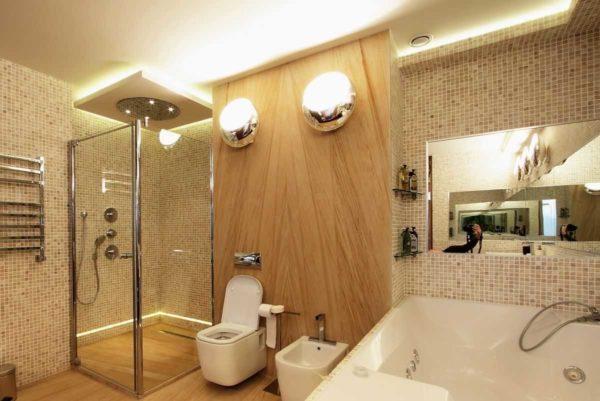
Particleboard wall panels are not bad for finishing the toilet, corridor or hallway. They are rigid to bear the load and significant mechanical impact. So in these rooms they have not shown themselves badly. But when choosing, pay attention to the emission class of formaldehyde. In the production of this material, synthetic binders are used, which release formaldehyde. This parameter is standardized and controlled. In documents it is denoted by the Latin letter E and the numbers standing next to it. The lowest emission class is E0 – not higher than that of wood. The safest is E1. From such materials it is even allowed to make children’s furniture. Other materials are better not to take – they can not be used for residential premises.

